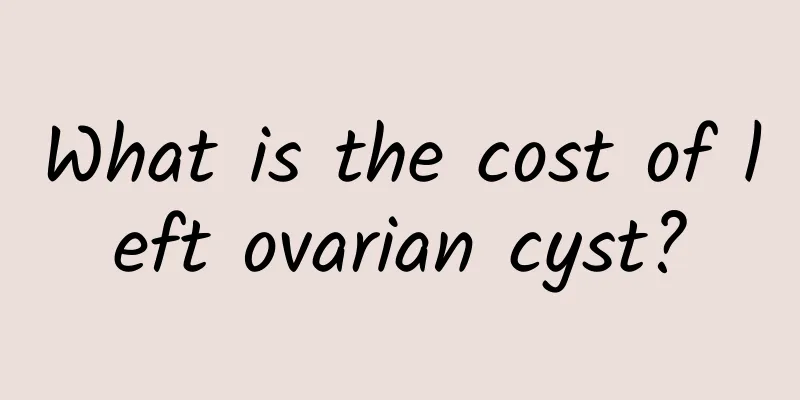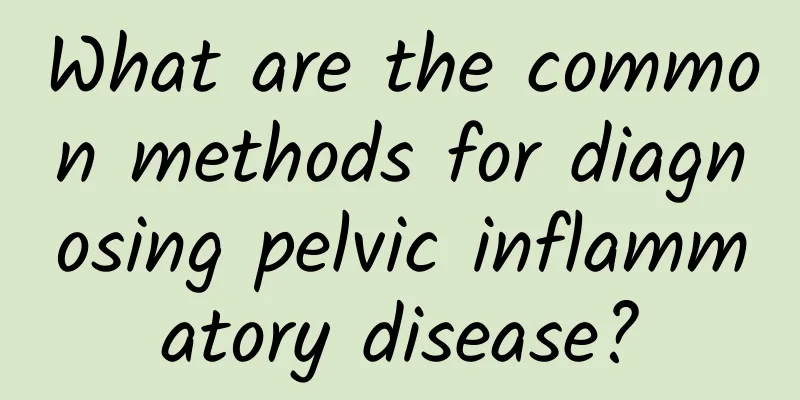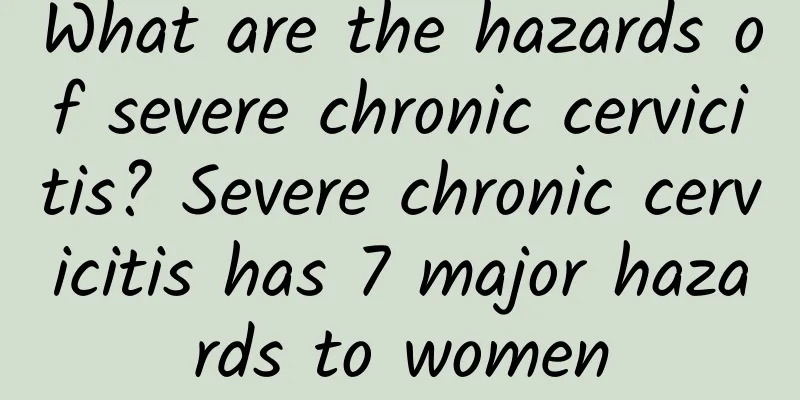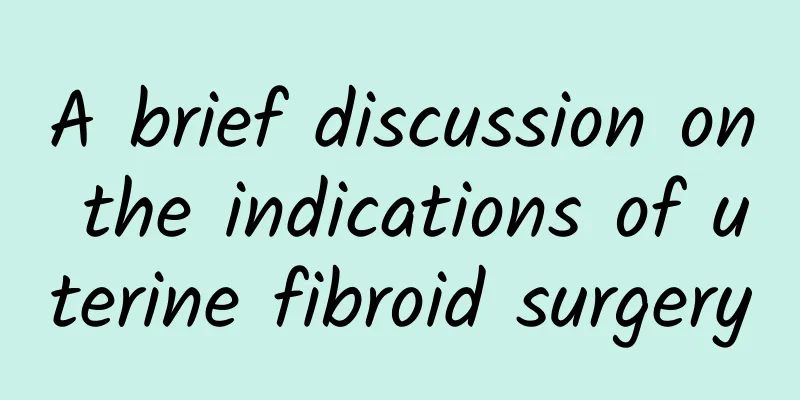Is cervical atrophy and adhesion normal after menopause?
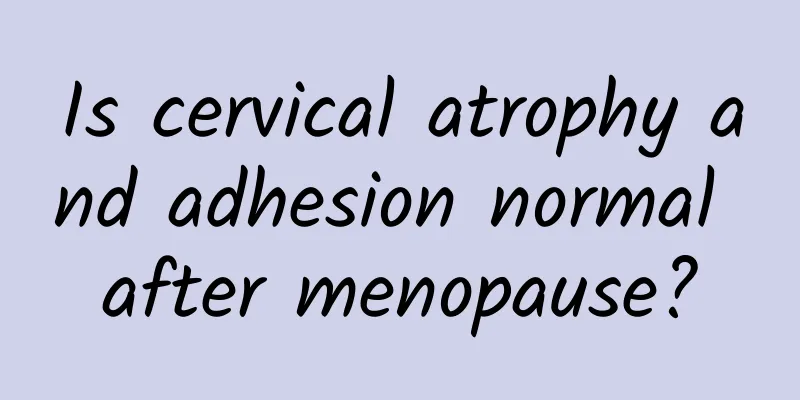
|
Cervical atrophy and adhesions after menopause are normal physiological phenomena, but whether treatment is needed needs to be evaluated based on specific circumstances. Cervical atrophy and adhesions are usually caused by decreased estrogen levels, which may lead to symptoms such as decreased secretions and pain during sexual intercourse. Treatment can be achieved through local estrogen therapy, use of vaginal dilators, or surgical separation of adhesions. 1. Postmenopausal cervical atrophy and adhesion are normal physiological changes. The estrogen level in women after menopause drops significantly, causing the cervical tissue to lose elasticity, the mucosa to become thinner, and adhesions to occur easily. This situation is more common in menopausal women, but not all people will have obvious symptoms. 2. Cervical atrophy and adhesion may cause discomfort. Common symptoms include decreased vaginal discharge, pain during intercourse, and difficulty urinating. Some patients may have difficulty in menstrual discharge due to cervical stenosis, or even infection. If the symptoms are severe, you need to seek medical evaluation in time. 3. Local estrogen therapy is one of the main methods. The use of estrogen ointment or suppository can improve the condition of cervical mucosa, increase secretion, and relieve adhesion. Commonly used drugs include estriol ointment, conjugated estrogen cream, etc. Treatment should be carried out under the guidance of a doctor and regular review is required. 4. Vaginal dilators help prevent and relieve adhesions. Using a vaginal dilator can keep the cervical canal open and prevent further tissue adhesions. It is recommended to use it for 10-15 minutes a day and use it with a lubricant to reduce discomfort. Long-term persistence can effectively improve symptoms. 5. Surgical treatment is suitable for severe adhesion cases. If adhesion seriously affects the quality of life or causes complications, surgical separation of adhesions can be considered. Surgical methods include cervical dilation, hysteroscopic adhesion separation, etc. Estrogen therapy is required after surgery to prevent recurrence. Although postmenopausal cervical atrophy and adhesions are normal physiological changes, if they cause discomfort or affect the quality of life, you should seek medical evaluation in time and take appropriate treatment measures. Local estrogen therapy, use of vaginal dilators or surgery can effectively improve symptoms and improve quality of life. |
<<: What tests are done to diagnose sinus atresia?
>>: What are the causes of amenorrhea?
Recommend
What is the best medication for vulvar itching?
There are completely different reasons for vulvar...
Causes of threatened miscarriage in daily life
What are the causes of threatened abortion in dai...
Peter Ho shows off his mermaid line and advocates healthy waist measurement
Peter Ho, a popular star with a handsome face, pe...
What are the surgical methods for uterine fibroids? What are the advantages of uterine fibroid surgery?
Uterine fibroids are one of the most common benig...
Women should pay special attention to preventing vaginitis during menstruation
MicrosoftInternetExplorer402DocumentNotSpecified7....
Irregular menstruation and sudden bleeding in urine
Irregular menstruation accompanied by bleeding in...
Several common treatments for chronic adnexitis
Chronic adnexitis is relatively common for female...
What are the main factors that cause ovarian cysts?
What are the common causes of ovarian cysts? The ...
Moxibustion for the treatment of hyperprolactinemia
Moxibustion is currently a key method for treatin...
What should I do if my menstruation is irregular after miscarriage?
What should I do if my menstruation is irregular ...
Allergies flare up during seasonal changes? 4 major nutrients to protect your skin! Nutritionist: Stay away from these three ingredients that can cause chronic allergies
Do you keep sneezing, have dry and itchy skin, an...
Ovarian cysts are effectively preventable
The prevention of ovarian cysts is something that...
Several types of women who are prone to ectopic pregnancy
Ectopic pregnancy refers to the implantation of t...
What are the signs of ovarian cysts?
What are the signs of ovarian cysts? The adverse ...
Uncovering the culprit of the Nanning high school food poisoning case: crispy fish sticks
The nutritious lunch provided by the central kitc...
